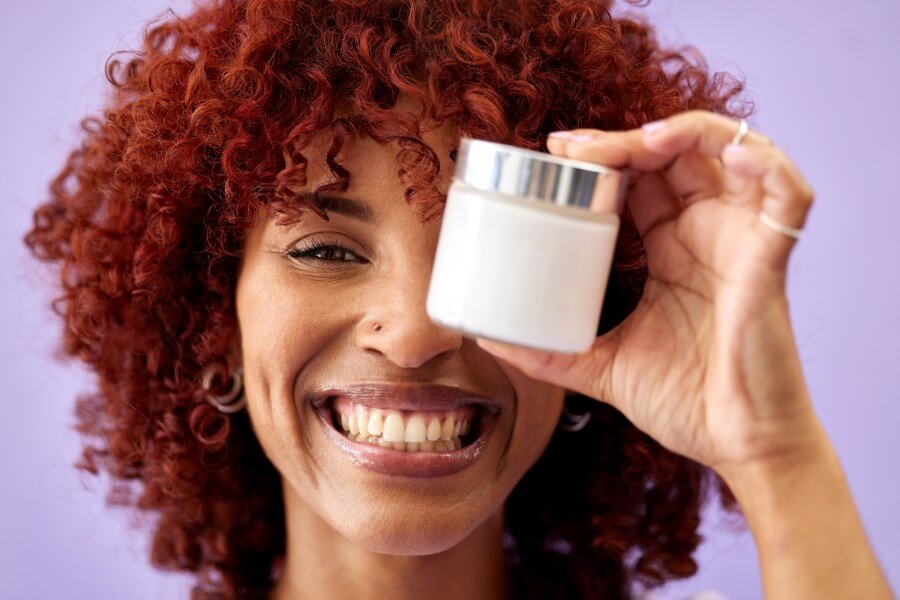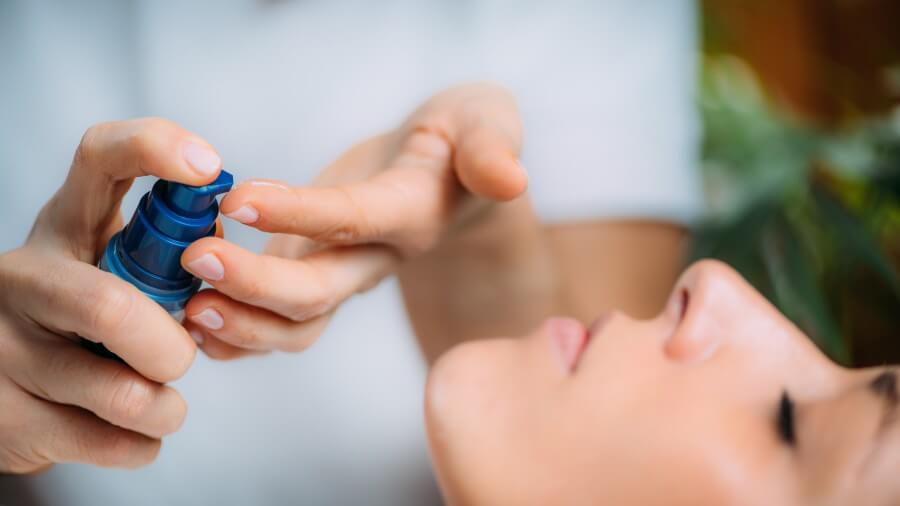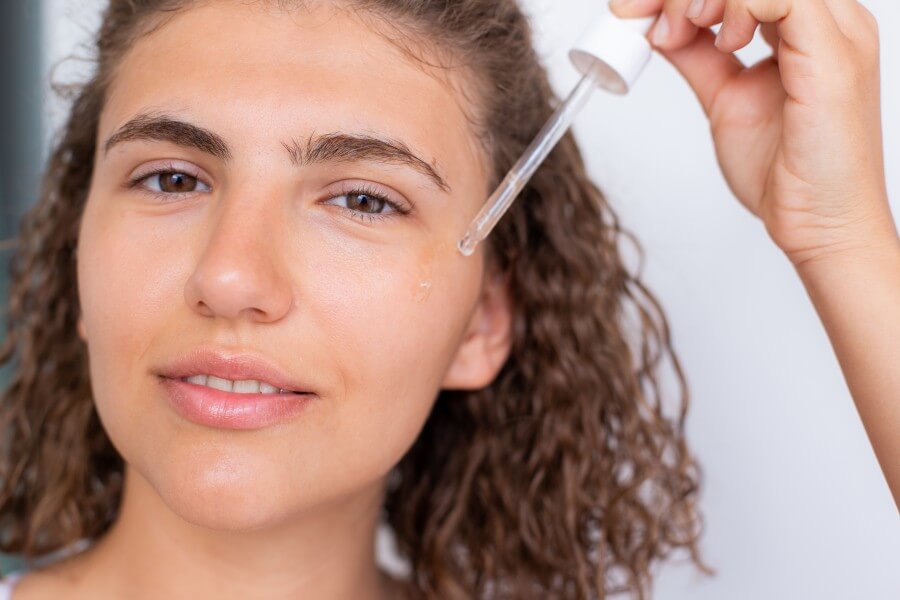Ingredients, Natural, Reviva Labs
Understanding Skincare Retinols: Types, Benefits, and Drawbacks
Retinol is a popular ingredient in skincare products, revered for its anti-aging properties. However, not all retinols are created equal. There are various types, each with unique characteristics, benefits, and drawbacks. This article explores these different forms, providing insight into what might work best for different skin types and concerns.
Retinol: The Classic Choice
Retinol is perhaps the most well-known type of retinoid and is widely used in over-the-counter skincare products. Derived from vitamin A, retinol works by promoting cell turnover and collagen production, which helps reduce the appearance of fine lines, wrinkles, and dark spots.
One of the main advantages of retinol is its effectiveness. It has been extensively studied and has a strong track record of delivering visible results. However, its strength can also be a disadvantage. Retinol can cause irritation, redness, and peeling, especially when first incorporated into a skincare routine. These side effects typically subside as the skin builds tolerance, but they can be a deterrent for those with sensitive skin.
Retinol’s effectiveness can be influenced by its formulation and the presence of stabilizing ingredients. Exposure to light and air can degrade retinol, making it less effective, which is why packaging is crucial. Products in opaque, air-tight containers are preferable to those in jars or clear bottles.
Retinyl Palmitate: The Gentle Alternative
Retinyl palmitate is a retinol ester, a combination of retinol and palmitic acid. It is considered the mildest form of retinoid, making it an excellent choice for those with sensitive skin or those new to retinoids. Unlike retinol, retinyl palmitate requires several conversion steps to become active in the skin, which means it works more slowly and gently.
The main benefit of retinyl palmitate is its reduced risk of irritation. Users can often incorporate it into their routines with minimal side effects. However, because it is less potent, it may take longer to see significant results. For individuals seeking dramatic improvements in skin texture or reduction in deep wrinkles, retinyl palmitate might not be the best option.
Retinaldehyde: The Middle Ground
Retinaldehyde, often referred to as retinal, is one step closer to retinoic acid (the active form of vitamin A) compared to retinol. This means it is more potent than retinol but still less irritating than prescription retinoids. Retinaldehyde offers a good balance for those looking for effective results without the harsh side effects.
Retinaldehyde is particularly effective in treating acne and signs of aging. It also has antibacterial properties, making it a dual-action ingredient. Despite its benefits, retinaldehyde is less stable than retinol and can degrade quickly if not properly formulated. Look for products with protective packaging and stabilizing ingredients to ensure efficacy.
Retinoic Acid: The Prescription Powerhouse
Retinoic acid, or tretinoin, is the most potent form of retinoid available, typically prescribed by dermatologists. It does not require conversion by the skin, allowing it to work directly and more rapidly. This form is highly effective in treating severe acne, deep wrinkles, and significant sun damage.
The potency of retinoic acid comes with increased risk of side effects. Redness, peeling, and irritation are common, especially when starting treatment. Users must often undergo an adjustment period, gradually increasing usage to build tolerance. Despite these challenges, retinoic acid remains a top choice for those seeking substantial improvements in their skin.
Retinol Alternatives: Adapalene and Tazarotene
Adapalene and tazarotene are synthetic retinoids, often prescribed for acne but also effective in treating signs of aging. Adapalene, available over-the-counter in lower concentrations, is known for its stability and lower irritation potential compared to retinoic acid. Tazarotene is one of the most potent retinoids and is used for more severe skin concerns, including psoriasis and extensive photodamage.
Adapalene’s over-the-counter availability makes it accessible for those wanting to try a retinoid without a prescription. Its lower irritation profile makes it suitable for long-term use. Tazarotene, while highly effective, can cause significant dryness and irritation, requiring careful use and monitoring by a dermatologist.


Incorporating Retinols into Your Routine
When adding any form of retinol to your skincare routine, it is crucial to start slowly. Begin with a low concentration and gradually increase frequency as your skin builds tolerance. Pairing retinol with a good moisturizer can help mitigate dryness and irritation. Always use sunscreen during the day, as retinoids can make your skin more sensitive to the sun.
A study published by the American Academy of Dermatology highlights the effectiveness of retinoids in improving skin texture and reducing signs of aging, reinforcing their popularity in skincare routines. However, it’s essential to choose the right type for your skin’s needs and to use it correctly for the best results.
The Importance of Consistency and Patience
Consistency is key when using retinols. Results are not immediate and can take several weeks to months to become noticeable. Patience and regular use, combined with other supportive skincare practices, can lead to significant improvements in skin appearance and health.
Retinols, in their various forms, offer a powerful tool for those looking to enhance their skincare regimen. Understanding the differences between them can help you make informed choices and achieve the best possible outcomes for your skin.









